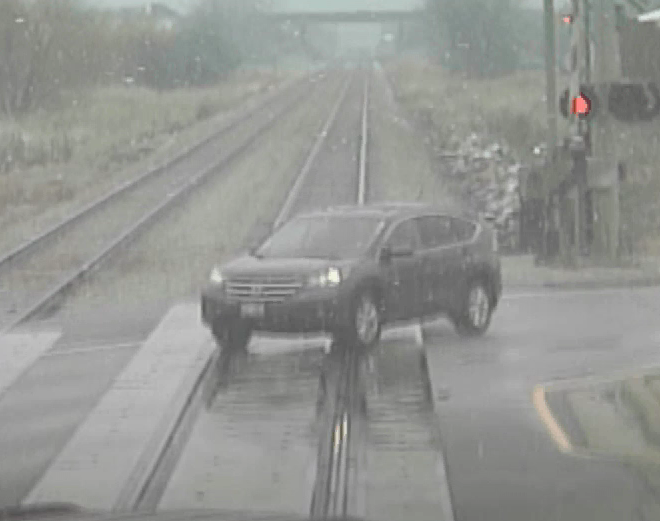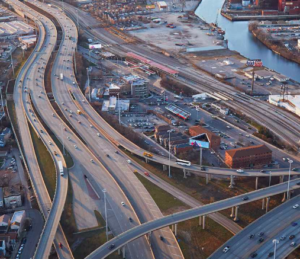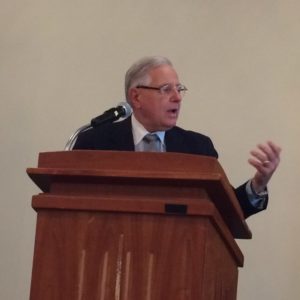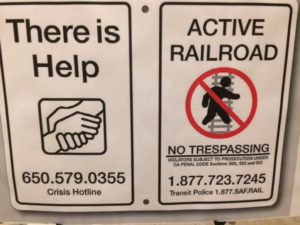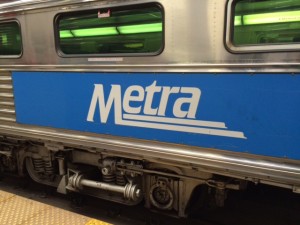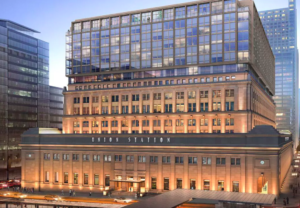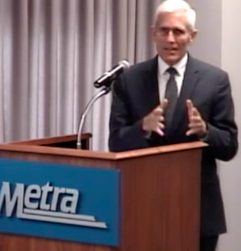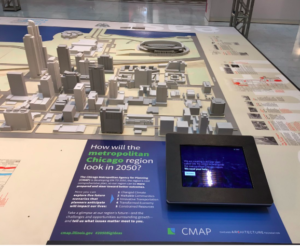Metra is having a mea culpa moment. Several of them, actually.
Over a month after a viral video was posted online of a commuter train’s close call with calamity in the south suburbs — and more than two months after the original incident occurred — the agency’s CEO is acknowledging what happened and, more importantly, what went wrong.
During a lengthy accounting to Metra’s board of directors earlier this month and another one last week with the agency’s Citizens’ Advisory Board (yes, dissatisfied riders, there is such a thing, and you can participate!), Executive Director Jim Derwinski somberly explained, in gripping detail, the events of that blustery Nov. 9 morning in Mokena.
Those events have come under scrutiny from the Federal Railroad Administration, which has the power to fine Metra for safety violations and punish personnel when rules are broken.
That video has been viewed more than a million times on Facebook, and at least a million times more on TV newscasts. Taken by a Mokena police officer’s squad car dashcam, the video shows Rock Island Line Train 506 coming thisclose to smashing into the cop’s car at a crossing at 191st Street. The gates and lights had failed to activate. Officer Peter Stanglewicz swerved out of the way just in time. A dark SUV in front barely made it across.
Stanglewicz should be congratulated for his quick reflexes, steel nerves, and, as the audio indicates, self-control…
